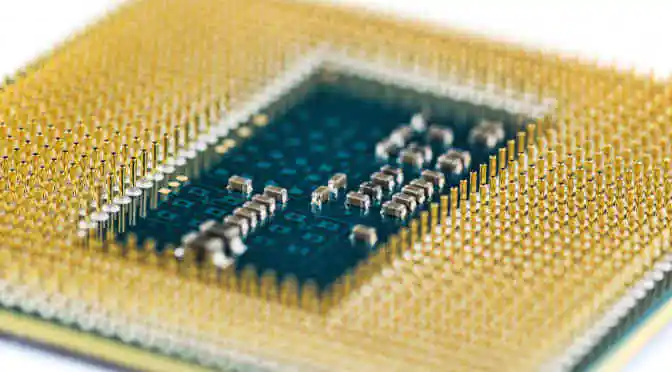The recent advancements in hardware and semiconductor sector have significantly improved the scalability and functionality of real-time embedded systems which is escalating the use of wireless chipset. The wireless chipset is an internal piece of hardware located inside a wireless communication system which allows two wireless-enabled machines to connect with each other. These chipsets are widely adopted and used in devices including wireless and external video adapters which are also identified as wireless internet cards or LAN cards.
With the increasing adoption of Internet of Things(IoT) devices, the wireless chipset technology is advancing and providing a high connectivity level to end-users. This new age tech enables the communication of high-density electronic circuits, resulting in a rapid growth of the global wireless chipset market.
Chipsets: Improving communication in multiple fields
Consumer Electronics: The wireless chipset has a significant role in consumer electronics applications. They are used in smartphones, PCs, tablets, laptops, routers, and other devices that transmit or receive wireless signals and are involved in high-speed data transfer. The wireless chipset for desktops connected to PCI interface can be shared with multiple devices and can be used for all type of operating systems.
Automation: Automation industry offers a variety of solutions including human-machine interface, sensors, instruments, and industrial applications which require signal and control in automation equipment. These technical communications entail many standards, which will continue to grow as industrial Ethernet and wireless protocols. Thus, the wireless chipset is embedded into devices where there is a need for connectivity and performs intensive tasks with accuracy and reliability.
Roadblocks grounding the wireless chipset industry
Even though there is a huge demand for health clubs and gyms across the world, the fitness industry has some major hurdles to overcome. Firstly, the wireless chip designs are becoming complex with the launch of new wireless connectivity technologies such as LTE and 5G. Manufacturers will need time to adapt to the compact design architecture and high-speed connectivity. Thus, creating a design that can be efficiently reused requires a great deal of effort.
Secondly, wireless chipsets use radio waves, which can be hacked by anybody and communications can be read easily. Due to these security issues in wireless chipsets, end-users prefer Ethernet cable connections for a secure data transfer.
Lastly, the expense of wireless chipset testing is high compared with that of other chipsets. Thus, the expensive testing process of major innovations in this technology becomes challenging before their deployment in the market.
Technavio solutions
An era of wireless technologies has transformed the way in which many industries operate, and wireless chipset is a new technology which is gaining a lot of popularity. However, the global wireless chipset market has several challenges which can act as a deterrent to the growth of the industry.
Technavio’s in-depth market study will aid companies identify the challenges in the market, and offers measures to overcome by taking suitable strategic decisions.



